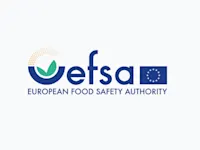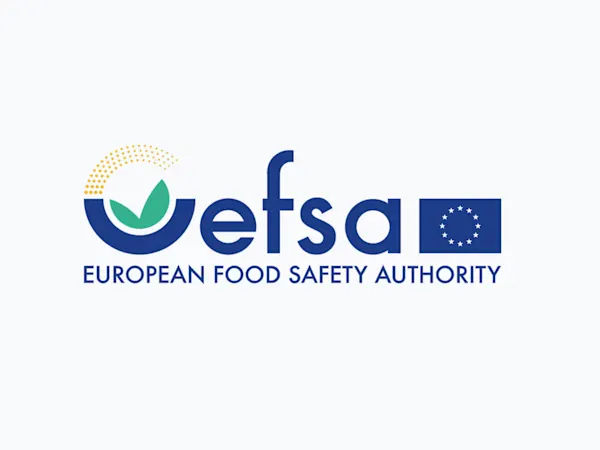
EU Ministers Press Commission on Delayed REACH Revision Amid Industry and Environmental Demands
EU Member States urge the Commission to accelerate the REACH revision, citing urgent health, environmental, and industry competitiveness needs.


The European Union has introduced a comprehensive new Directive focused on the regulation of chemical substances. This Directive, which comes as part of the EU's ongoing commitment to sustainability and health safety, is set to have far-reaching implications for industries, consumers, and environmental policies.
At the heart of the Directive are significantly enhanced measures for classifying and restricting chemical substances. Particularly targeted are substances identified as carcinogenic, mutagenic, toxic for reproduction, endocrine disrupters, persistent bioaccumulative and toxic (PBT), and very persistent and very bioaccumulative (vPvB). This move represents a paradigm shift in how substances are assessed and managed, prioritizing human health and environmental integrity over industrial convenience.
A key aspect of the Directive is its focus on substances that come into contact with water. In a bid to safeguard drinking water quality, the Directive stipulates that organic materials should only be made from substances listed in the European positive list or those proven not to migrate into drinking water at harmful levels. This ensures that the water at the consumer's tap is not contaminated by these substances beyond a threshold of 0.1 µg/l.
Underpinning the Directive's effectiveness are the stringent testing requirements it enforces. These tests, which must be conducted under good laboratory practice, are designed for the identification and evaluation of substances and compositions in materials in contact with water. This approach underscores the EU's commitment to evidence-based policymaking and consumer protection.
In a novel approach to information management, the Directive balances the need for public access to information with the protection of industrial secrets. While certain submitted data will be publicly available, details like manufacturing processes and impurity profiles may remain confidential. This dual approach aims to foster transparency while safeguarding competitive business interests.
The Directive also outlines procedures for the inclusion or removal of substances from the European positive lists. In an effort to streamline the process and reduce unnecessary animal testing, it encourages collaborative applications and requires applicants to notify their intentions well in advance of submission.
Reflecting the diverse nature of chemical substances, the Directive sets out material-specific requirements. For instance, it specifies regulations for substances like polyamide or polyurethane resin coatings and rubbers, focusing on the control of substance release into the environment.
In a significant step towards regulatory coherence, the Directive aligns closely with existing EU regulations like REACH and CLP. This alignment ensures that the classification, labelling, and packaging of substances and mixtures are consistent across different regulatory frameworks, simplifying compliance for businesses and enhancing overall safety standards.
As industries adapt to these new regulations and consumers become more aware of the substances in their products, the Directive is poised to have a lasting impact on the way chemical substances are managed across Europe and beyond.
Foresight continuously tracks 1000s of sources and maps updates to your portfolio:




EU Member States urge the Commission to accelerate the REACH revision, citing urgent health, environmental, and industry competitiveness needs.

The EU has classified DBDPE as a substance of very high concern (SVHC) due to vPvB properties, affecting manufacturers and downstream users of flame retardants.

EFSA launches consultation on updating its Weight of Evidence and Biological Relevance guidance, aiming to streamline chemical risk assessment practices.
Subscribe to Foresight Weekly and get the latest insights on regulatory changes affecting chemical compliance.
Free forever. Unsubscribe anytime.
Read by professionals at